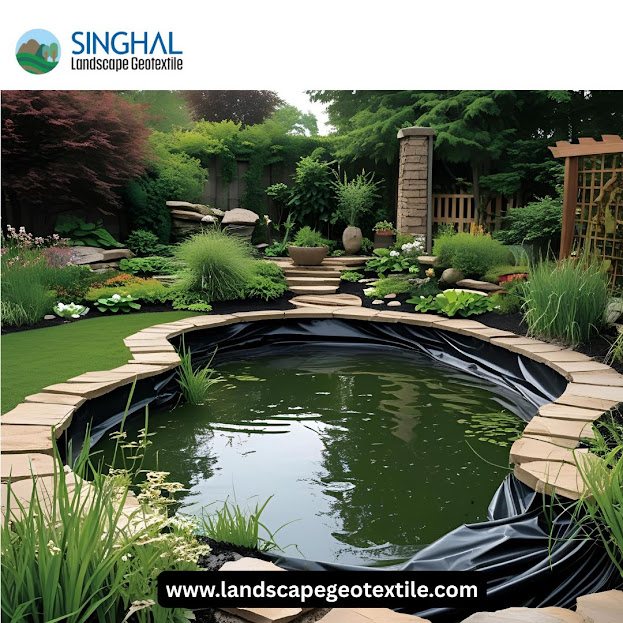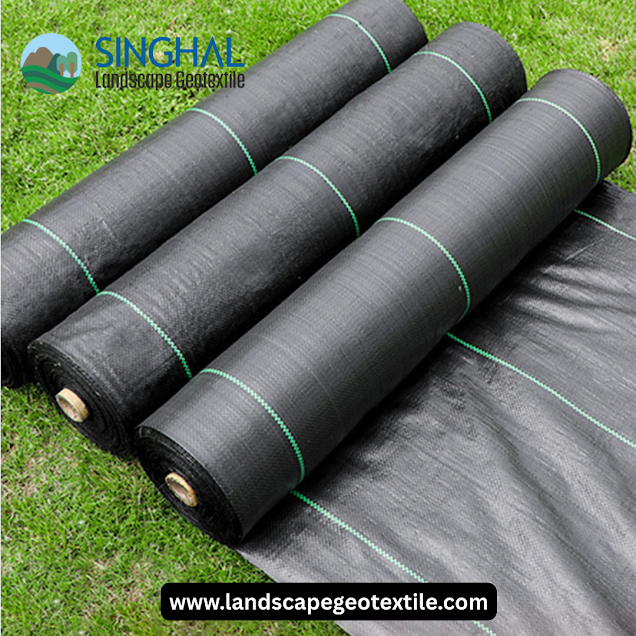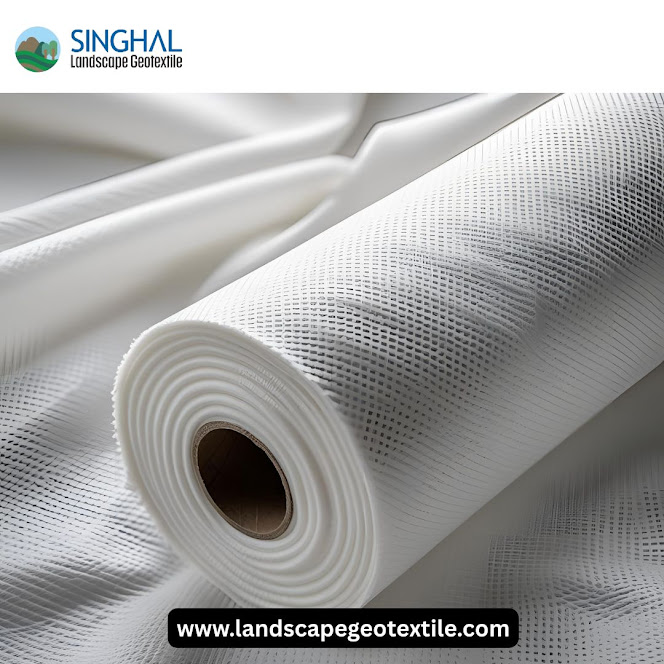PP Spunbond Non-Woven Fabric: The Versatile Material Transforming Industries
PP spunbond non-woven fabric is a game-changing material found in many Industries. Healthcare, agriculture, retail, construction are just a few of the numerous Industries now benefiting from this item. Lightweight, durable and eco-friendly, PP non-woven fabric is produced by bonding together polypropylene fibers, either randomly or oriented, using a continuous bonding process without weaving or knitting. It has high tensile strength, good permeability, a range of options for weights and options, and resistance to chemicals which naturally makes it a prime candidate for many uses. In a world driven by supply and demand, the role of dedicated PP spunbond non woven fabric manufacturers is vital for quality, consistency and innovative changes within this ever-changing Industry.
Understanding PP Spunbond Non-Woven Fabric and Its Manufacturing Process
PP spunbond non-woven fabric is created by melting polypropylene, extruding it into fibers and then onto a conveyor belt to form a web. Unlike a traditional woven textile, a PP spunbond non woven fabric manufacturer is produced as a melt-blown fabric, where fibers are then turned into a homogenous structure and process for manufacturing non-woven fabric is very effective for manufacturing suitable for high volume, high quality production. Because PP spunbond non-woven fabric is non-porous, the gas exchange moves easily in one direction and moisture is released through space in the fabric allowing the fabric to "breath" while at the same time behave in a solid manner, making this material suitable for filtration, barrier, and moisture applications.
Regulatory Aspects and HS Code Classification
Having a basic understanding of HS (Harmonized System) codes is critical in the trading and importing of PP spunbond non woven fabric. HS codes of PP spunbond non woven fabric typically sits at a prescribed tariff heading regarding non-woven fabric composed of non-woven synthetic fibers. It is important to mention the correct HS code for import-export documentation and taxes, compliance, and duties. Being able to classify the product correctly will ensure a smooth clearance through customs and help traders and manufacturers in understanding the regulations on duties that may be applicable.
The Role of Gujarat as a Manufacturing Hub
Gujarat is one of the most emerging regions for the manufacturing of high-quality non-woven fabric because of its excellent industrial infrastructure, skilled labor employers, and government policies on industrial development. A PP spunbond non woven fabric manufacturer in Gujarat has the benefit of being close to raw material suppliers, access to export markets and strong base of textile and chemical industries that support the local textile industry. This means businesses in Gujarat can provide low-cost, creative, and environmentally friendly quality fabrics that adhere to international quality standards. The focus on sustainability in terms of environmental issues, technology improvements and sustainability in manufacturing will keep the products made in Gujarat.
Environmental Impact and Sustainable Practices
As awareness of the sustainability of the environment increases, manufacturers of PP spunbond non woven fabric hs code are moving to more sustainable manufacturing practices. Because the base material, polypropylene, is recyclable and may be converted into new products, many manufacturers have begun instituting more environmentally friendly production practices. Since biodegradable variants and post-consumer recycling programs have been implemented as ways to lessen the overall environmental impact of non-woven fabric production, the focus will be on how to better coordinate exiting disposal/recycling efforts and newly developing biodegradable polymers that will support global environmental standards.
Challenges and Future Outlook
Although the PP spunbond non woven fabric sector has many strengths, it also has the hurdle of volatility in raw material price, regulatory issues and environmental challenges. There is a need for continuous advancement and development related to improving the overall properties of the fabric that may involve adding antimicrobial properties, or improving biodegradability. R&D is being conducted to meet this demand. The adoption of smart manufacturing technologies such as automation, and quality assurance systems will improve efficiency and all products will be virtually the same. As the general awareness of sustainability increases in global marketplaces, demand will increase for non-woven fabrics that have the attributes of sustainability.
Conclusion: Embracing Innovation and Sustainability
In conclusion, PP spunbond non woven fabric manufacturer in gujarat has emerged as an important material for a wide range of industries based on its unique balance of robustness, flexibility and eco-friendliness. The importance of PP spunbond non woven fabric manufacturers such as those in Gujarat, is paramount in addressing the growing global demand whilst ensuring all products match the required qualities. When considering manufacturing, the industry is future proof when it embraces innovation with sustainable means, and thus are led to be sustainable. There will continue to be new applications being developed, so long as manufacturers keep on top of Government compliance ie correct HS code. It is guaranteed that the fabric will remain a necessary resource many years to come.
Frequently Asked Questions
1. What are the main applications of PP spunbond non-woven fabric?
PP spunbond non-woven fabric is widely used in healthcare (surgical gowns, masks), agriculture (crop covers, weed mats), retail (bags, packaging), and construction (geotextiles, roofing).
2. How does the HS code impact international trade of PP spunbond non-woven fabric?
Accurate classification ensures smooth import-export processes and helps manufacturers in Gujarat and elsewhere avoid delays and unnecessary costs.
3. Are there eco-friendly alternatives to traditional PP spunbond non-woven fabric?
Yes, biodegradable variants made from natural polymers or recycled polypropylene are available. Many manufacturers are adopting sustainable practices to reduce environmental impact while maintaining product performance.



.jpg)
Comments
Post a Comment